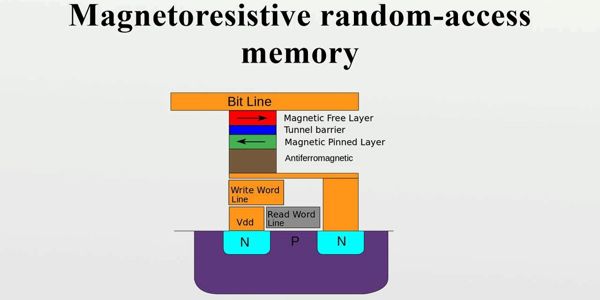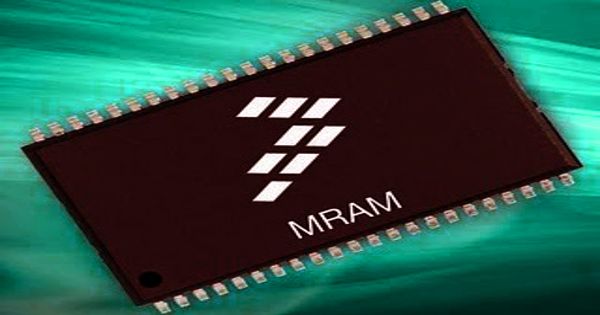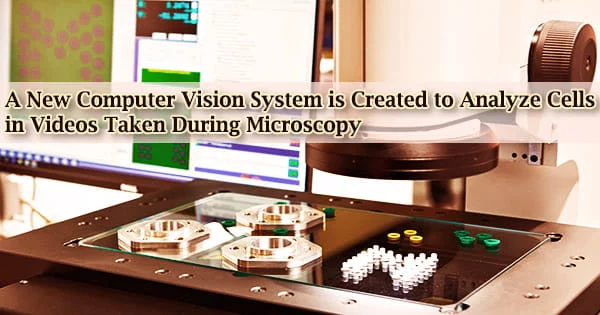Magnetoresistive random-access memory (MRAM) is a type of non-volatile random-access memory that stores data in magnetic domains. MRAM is a class of solid-state storage circuits that store data as stable magnetic states of magnetoresistive devices and read data by measuring the resistance of the devices to determine their magnetic states. It is a form of non-volatile random access memory technology that uses magnetic charges to store data instead of electric charges.
Magnetoresistive RAM is a form of non-volatile low-power memory that uses magnetic charges to store data.
Developed in the mid-1980s, proponents have argued that magnetoresistive RAM will eventually surpass competing technologies to become a dominant or even universal memory. In practice, the magnetoresistive devices are integrated with complementary metal—oxide—semiconductor (CMOS) circuitry to make chips that are compatible with mass-produced semiconductor electronics.
MRAM memory technology also has the advantage that it is a low power technology as it does not require power to maintain the data as in the case of many other memory technologies. Currently, memory technologies in use such as flash RAM and DRAM have practical advantages that have so far kept MRAM in a niche role in the market.

While MRAM memory technology has been known for over ten years, it is only recently that the technology has been able to be manufactured in large volumes. Unlike conventional RAM chip technologies, data in MRAM is not stored as electric charge or current flows, but by magnetic storage elements. The elements are formed from two ferromagnetic plates, each of which can hold a magnetization, separated by a thin insulating layer.
Advantages
MRAM technology is completely different from any other semiconductor technology that is currently in use and it offers a number of advantages:
- MRAM memory technology retains its data when the power is removed,
- It offers a higher read write speed when compared to other technologies including Flash and EEPROM,
- Consumes a comparatively low level of power,
- MRAM data does not degrade over time.
MRAM has the potential to become a universal memory – able to combine the densities of storage memory with the speed of SRAM, all the while being non-volatile and power efficient. One of the two plates is a permanent magnet set to a particular polarity; the other plate’s magnetization can be changed to match that of an external field to store memory. This configuration is known as a magnetic tunnel junction and is the simplest structure for an MRAM bit. A memory device is built from a grid of such “cells”.
One of the major problems with MRAM memory technology has been developing a suitable MRAM structure that will allow the memories to be manufactured satisfactorily. A wide range of structures and materials have been investigated to obtain the optimum structure.
Information Source:
















